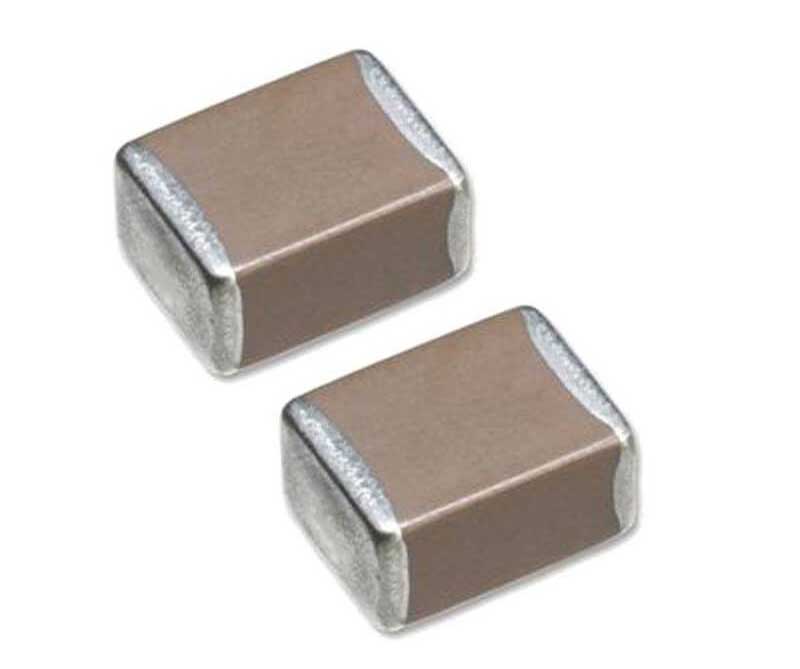Multi-layer chip ceramic capacitors are the most widely used type of chip components. They are made by alternately superposing the inner electrode material and the ceramic body in multiple layers and co-firing into a whole, also known as a monolithic capacitor. With small size, high specific volume and high precision, it can be mounted on printed circuit boards and hybrid integrated circuit substrates, effectively reducing the size and weight of electronic information terminal products and improving product reliability.
In line with the development direction of IT industry’s miniaturization, light weight, high performance and multi-function, the country’s 2010 long-term goal outline clearly proposes new components such as surface mount components as the development focus of the electronics industry. It is not only simple in packaging, good in sealing, but also effectively isolates the opposite electrode.
MLCC can play the role of storing charge, blocking DC, filtering, coordinating, distinguishing different frequencies and tuning the circuit in the electronic circuit. It can partially replace organic film capacitors and electrolytic capacitors in high-frequency switching power supplies, computer network power supplies and mobile communication devices, and greatly improve the filtering performance and anti-interference performance of high-frequency switching power supplies.

Three major trends in multilayer ceramic capacitors
miniaturization
For pocket-sized electronic products such as camcorders and mobile phones, more compact MLCC products are needed. On the other hand, ultra-small MLCC products are gradually being introduced and applied due to advances in precision printed electrodes and lamination processes. Taking the development of the Japanese rectangular MLCC as an example, the external dimensions have been reduced from 3216 in the early 1980s to the current 0603. The mainstream product of MLCC produced by domestic enterprises is 0603 type, which has broken through the technical difficulties of mass production of 0402 type MLCC.
Cost reduction
Conventional MLCCs are occupied by electrode materials because of the use of expensive palladium electrodes or palladium-silver alloy electrodes. A new generation of MLCCs including high-pressure MLCCs uses inexpensive base metal materials such as nickel and copper as electrodes, which greatly reduces the cost of MLCC. However, the base metal internal electrode MLCC needs to be sintered at a lower partial pressure of oxygen to ensure the conductivity of the electrode material, and too low partial pressure of oxygen will bring about a semiconducting tendency of the dielectric ceramic, which is disadvantageous to the insulation of the element and reliability.
Large capacity, high frequency
On the one hand, with the low-voltage driving and low power consumption of semiconductor devices, the operating voltage of integrated circuits has been reduced from 5 V to 3 V and 1.5 V; on the other hand, the miniaturization of power supplies requires small, large-capacity products to replace bulky aluminum. Electrolytic capacitors. In order to meet the development and application of such low-pressure and large-capacity MLCC, a relaxation-type high-molecular material having a relative dielectric constant higher than that of BaTiO3 has been developed in terms of materials.
In the process of developing new products, three key technologies have been developed at the same time, namely, the production of ultra-thin green sheet powder dispersion technology, the improvement of green sheet-forming technology and the matching of internal electrode and ceramic green sheet shrinkage. Recently, Matsushita Electronic Components Co., Ltd. of Japan successfully developed a large-capacity MLCC with a maximum capacity of 100μF and a maximum withstand voltage of 25 V, which can be used for the power supply line of liquid crystal displays (LCDs).




